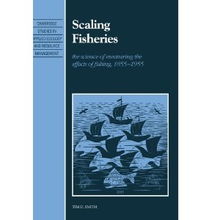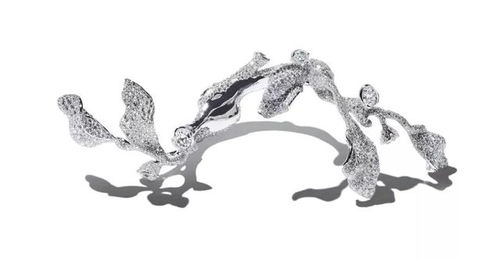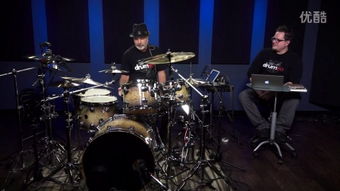As the first rays of sunlight warm the soil and the world awakens from its winter slumber, anglers eagerly anticipate the arrival of spring. This is the perfect season to target the majestic carp, which begin to exhibit increased activity as the weather warms. In this article, we will delve into the art of spring fishing and provide you with valuable tips and techniques to help you master the art of catching carp.
Understanding Carp Behavior in Spring
Carp are known for their voracious appetites and are often targeted by anglers for their impressive size and fighting spirit. During the spring, carp behavior can be quite predictable, and understanding these patterns is key to successful fishing.
Water Temperature: Carp are most active when the water temperature ranges between 50°F and 70°F (10°C to 21°C). As the water warms, carp become more active and start to feed more frequently.
Feeding Patterns: In the spring, carp often feed heavily to replenish their energy reserves after the winter. They are more likely to be found near shallow waters where they can feed on a variety of aquatic plants and insects.
Shelter and Structure: Carp often seek out areas with structure or cover to rest and feed. This could be rocks, logs, reeds, or submerged vegetation. Identifying these spots is crucial for successful fishing.
Choosing the Right Gear
To effectively target carp in the spring, it's important to have the right gear. Here's what you'll need:
Rod and Reel: A medium-heavy to heavy-duty rod with a fast action is ideal for carp. A matched reel with a good drag system is essential to handle the strong pull of these fish.
Line: Use a mainline of 10 to 20 lb test, depending on the size of the carp you're targeting. A leader of 6 to 12 lb test is often sufficient for presenting baits more delicately.
Hooks: For carp, a size 4 to 6 hook is generally recommended. The shape can vary, but a good all-purpose hook is often the best choice.
Bait: Carp are opportunistic feeders and will take a variety of baits. In the spring, natural baits like worms, leeches, and crustaceans are highly effective. Artificial baits such as soft plastics, spinnerbaits, and buzzbaits can also be productive.
Techniques for Spring Carp Fishing
Now that you have the right gear, let's look at some effective techniques for catching carp in the spring:

Nedding: This involves placing a baited hook on the bottom of the lake or river. Carp often feed close to the bottom, so this technique can be highly effective. Use a weight to keep your bait on the bottom and adjust your line length based on the depth of the water.
Carping on the Float: This method involves using a float to suspend your bait at a specific depth. Carp often feed at various depths, so this technique allows you to target them more precisely. Adjust the float's position to match the depth at which the carp are feeding.
Feeding the School: If you find a school of carp, it's often beneficial to 'feed' them by casting your bait repeatedly to the same area. This can stimulate their feeding instincts and increase your chances of a catch.
Rigging for Carp: There are several rigs that can be effective for carp. The paternoster rig is a popular choice as it allows you to fish multiple baits at different depths. The slider rig is also effective, particularly when fishing around submerged vegetation.
Timing Your Casts: Carp can be quite cautious, so it's important to time your casts carefully. Wait until the carp are in a feeding mood and then cast your bait with precision to avoid spooking them.
Conclusion
Spring fishing for carp can be a rewarding and exhilarating experience. By understanding the behavior of carp during this season, choosing the right gear, and employing effective techniques, you can increase your chances of success. Remember to be patient and observant, as the key to catching carp lies in understanding their habits and adapting your approach accordingly. With these tips in mind, you'll be well on your way to becoming a spring carp fishing master. Happy fishing!












